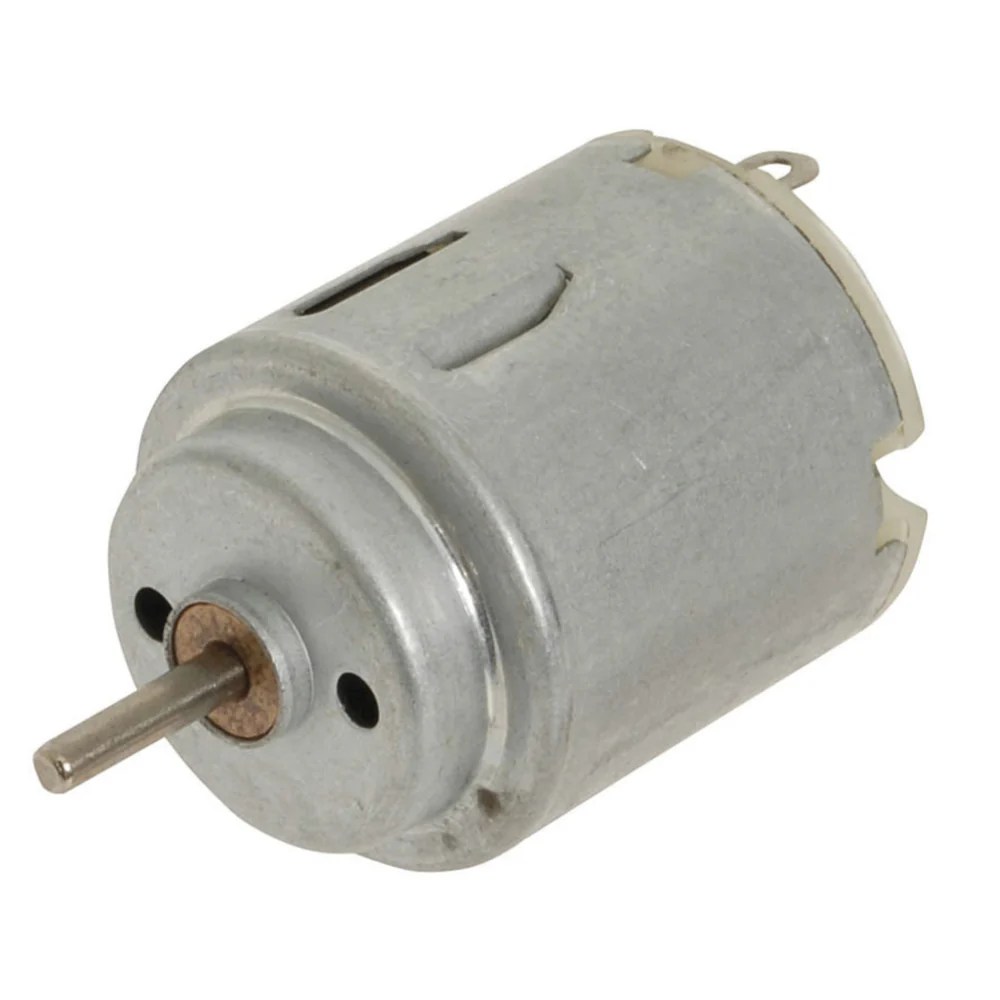Hobby Motor: From miniature aircraft engines to powerful robotics actuators, these compact powerhouses drive a vast array of projects. This exploration delves into the diverse world of hobby motors, examining their types, applications, selection criteria, maintenance, and advanced control techniques. We’ll navigate the complexities of choosing the right motor for your project, troubleshoot common issues, and even explore sophisticated applications pushing the boundaries of hobbyist engineering.
This guide provides a comprehensive overview, covering everything from basic definitions and comparisons of brushed DC, brushless DC, and AC motors to advanced techniques like electronic speed controller (ESC) utilization and motor optimization strategies. We’ll examine real-world examples, offering practical insights and troubleshooting advice to empower hobbyists of all skill levels.
Illustrative Examples of Hobby Motor Usage

Hobby motors, despite their small size, are capable of powering surprisingly complex projects. Their affordability, readily available specifications, and ease of integration make them ideal for prototyping and educational applications, extending to sophisticated robotic systems and automated mechanisms. This section details a complex project utilizing multiple hobby motors to illustrate their capabilities and the design considerations involved.
Automated Greenhouse Environmental Control System, Hobby Motor
This project involves the creation of a small-scale automated greenhouse environment controlled by a network of hobby motors. The system aims to maintain optimal temperature, humidity, and light levels for plant growth, demonstrating the integration of multiple motor-driven mechanisms within a single system.
Mechanical and Electrical Design
The system comprises three primary motor-driven components: a ventilation system, a watering system, and a lighting system. The ventilation system utilizes a small DC hobby motor coupled to a propeller fan. This fan is controlled by a microcontroller (e.g., Arduino) based on temperature readings from a sensor. A simple transistor-based circuit acts as a switch, enabling the motor to run when the temperature exceeds a pre-set threshold.
The watering system employs a small geared DC hobby motor connected to a pump. This pump draws water from a reservoir and delivers it to the plants via a network of small tubes. The watering cycle is controlled by a moisture sensor and the microcontroller. The lighting system uses a servo motor to adjust the angle of a light source, mimicking the sun’s movement throughout the day.
The servo motor’s position is controlled by a timer integrated within the microcontroller. The microcontroller acts as the central control unit, processing sensor data and sending control signals to each motor via appropriate driver circuits (e.g., motor driver ICs like L293D). Power is supplied to the system via a regulated power supply, providing the necessary voltage for the motors and microcontroller.
The wiring diagram would follow a standard configuration, with the microcontroller acting as the central hub, connecting to each motor’s driver circuit and the sensors. Power would be distributed to the motors and sensors through a well-organized wiring harness.
Design and Implementation Challenges
One major challenge was coordinating the operation of the three independent systems to avoid conflicts. For instance, the ventilation system shouldn’t activate simultaneously with the watering system to prevent excessive evaporation. This was solved by implementing a priority-based control system within the microcontroller’s firmware. Another challenge was ensuring accurate and reliable sensor readings. Environmental fluctuations and sensor drift were addressed through calibration procedures and data filtering algorithms implemented in the microcontroller’s software.
The selection of appropriate motors with sufficient torque and speed for each task was also crucial. Incorrect motor selection could lead to insufficient airflow, inadequate watering, or slow light adjustment. Careful consideration of motor specifications (torque, speed, voltage, current) was essential to avoid these issues.
Results and Performance Metrics
Testing involved monitoring temperature, humidity, and light levels within the greenhouse over a period of several weeks. The system successfully maintained temperature within a ±2°C range of the setpoint, humidity within a ±5% range, and light intensity according to the pre-programmed schedule. Data logging and analysis showed consistent performance, with minimal deviations from the target parameters. The system’s reliability was also demonstrated through its continuous operation with minimal intervention.
Minor adjustments to the control algorithms were made based on initial test results to fine-tune the system’s performance. These adjustments primarily involved tweaking the thresholds for the temperature and moisture sensors to achieve optimal control.
Ultimately, mastering the world of hobby motors unlocks a universe of creative possibilities. From the intricate mechanics of a miniature aircraft to the precise movements of a sophisticated robot, the right motor selection and understanding of its capabilities are crucial for success. By understanding the nuances of motor selection, maintenance, and advanced control techniques, hobbyists can transform their projects from simple concepts into high-performance realities.
The journey into the world of hobby motors is one of continuous learning and innovation, rewarding those who dedicate themselves to its intricacies.

